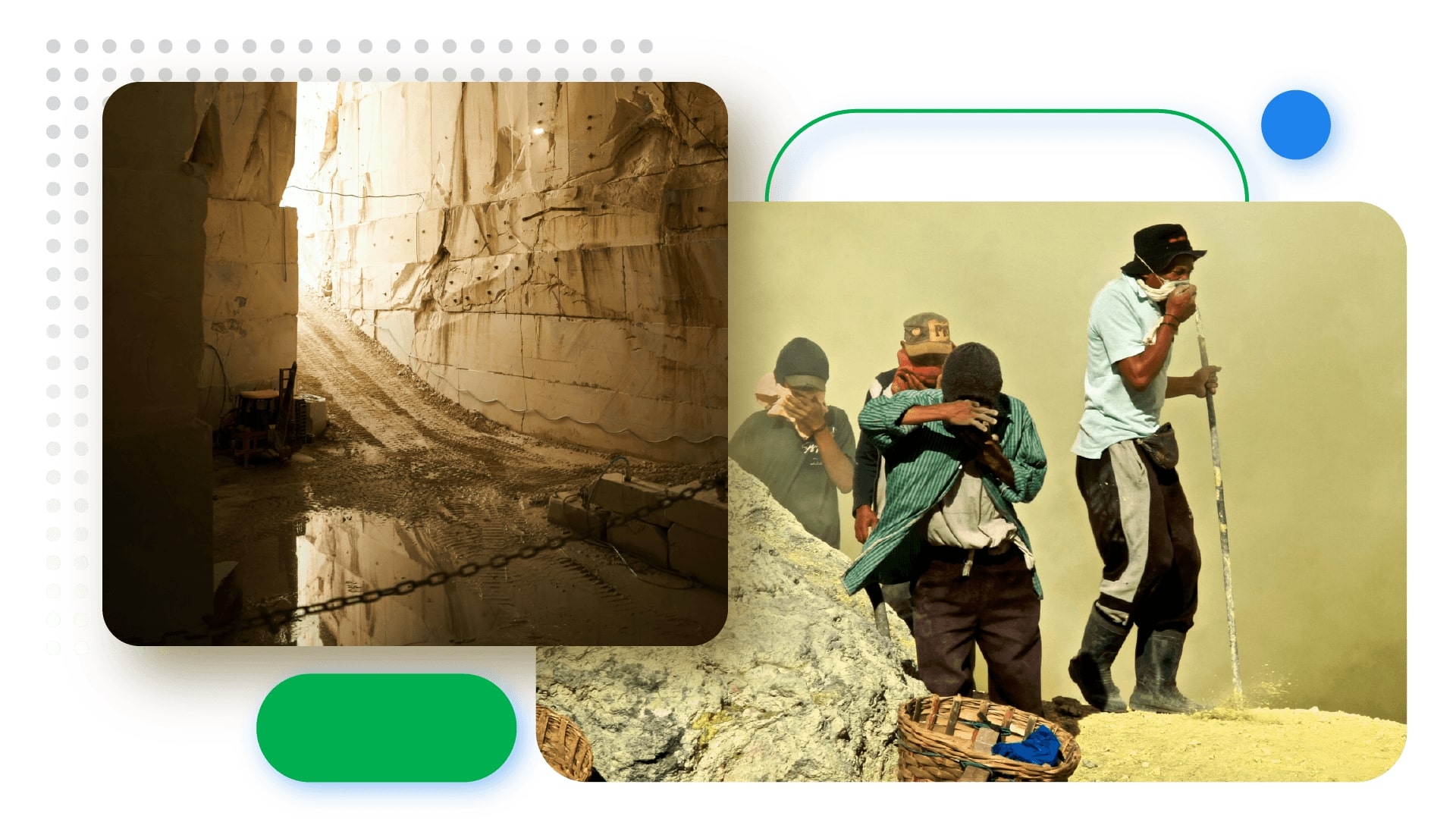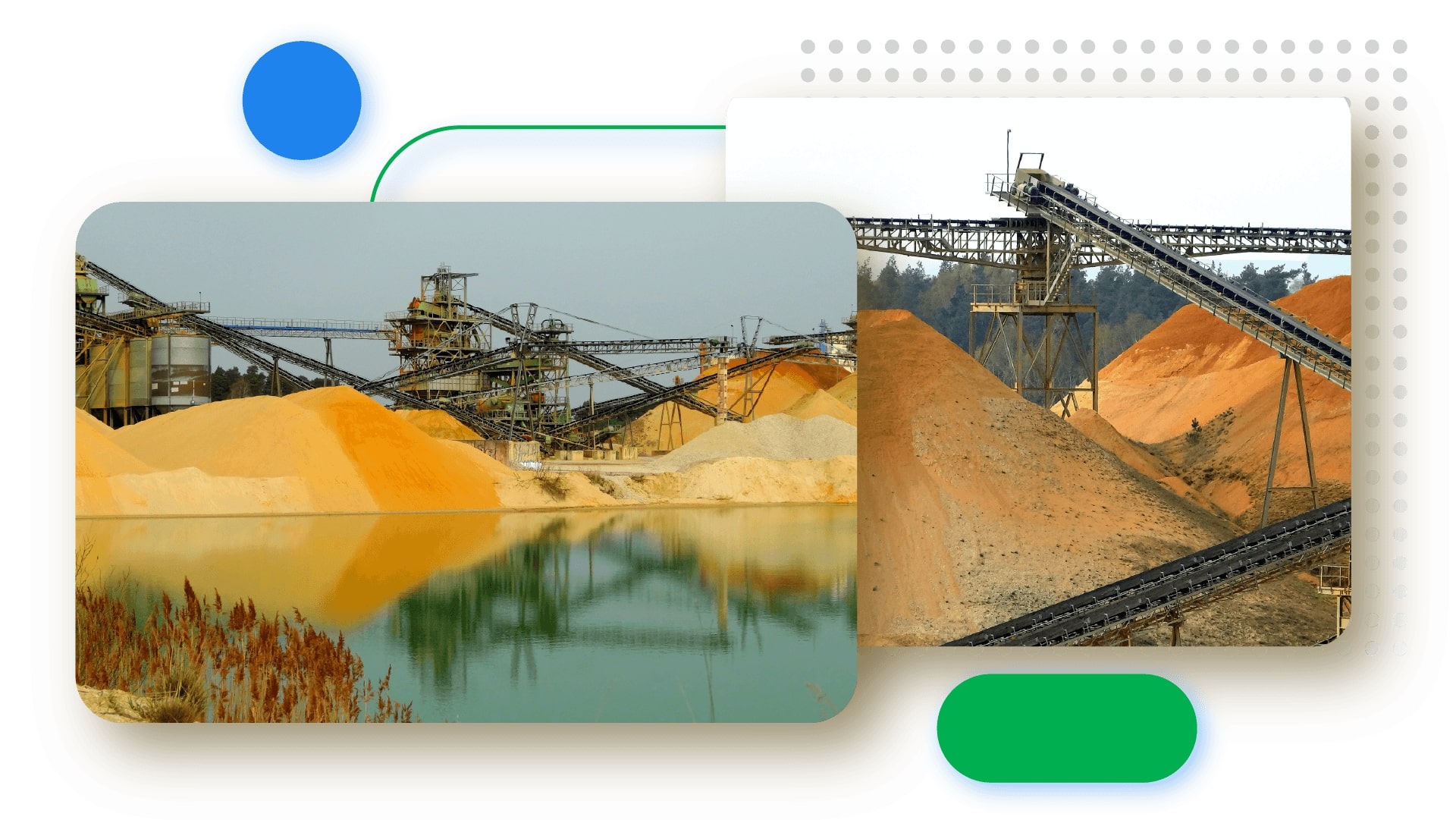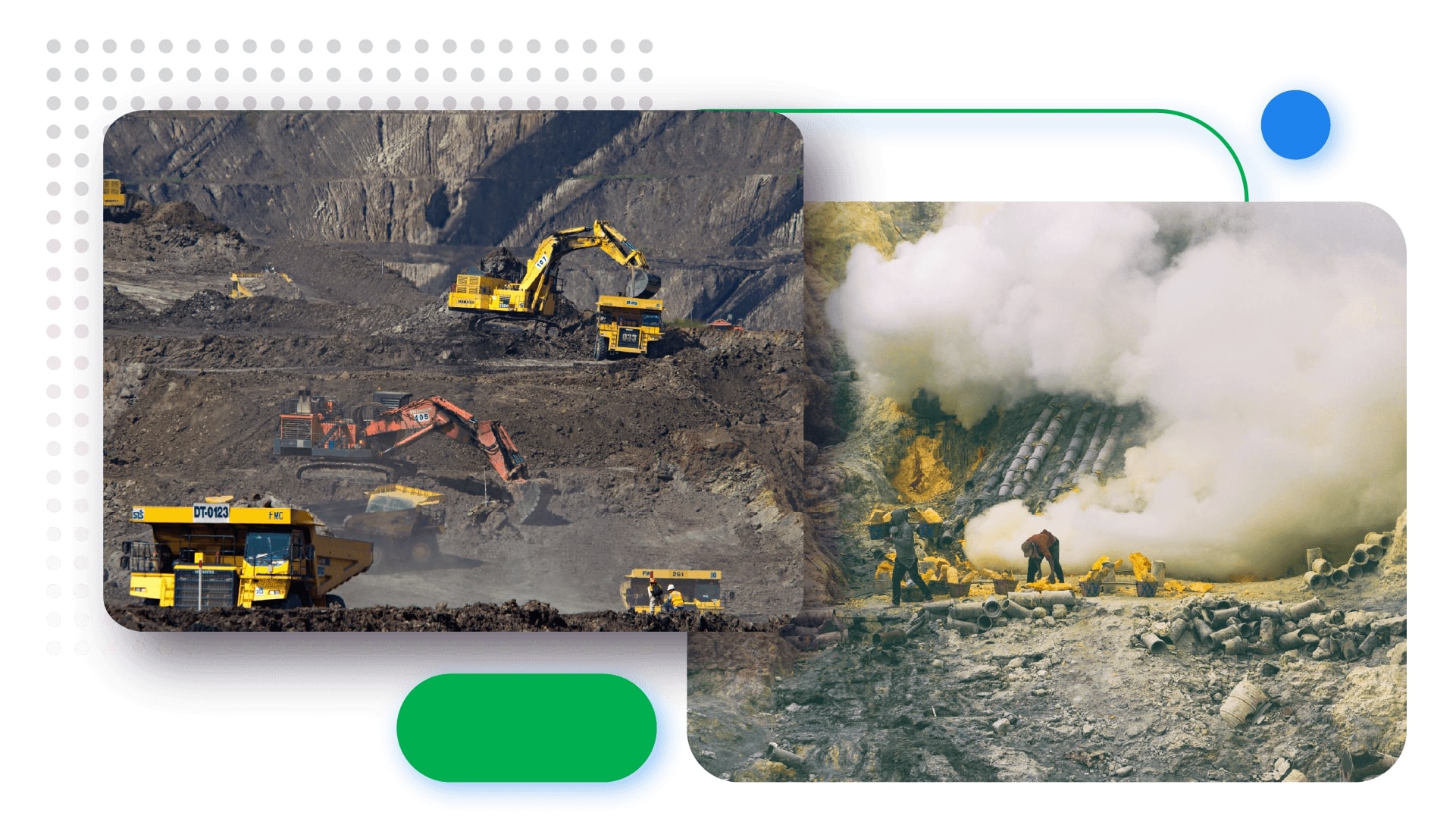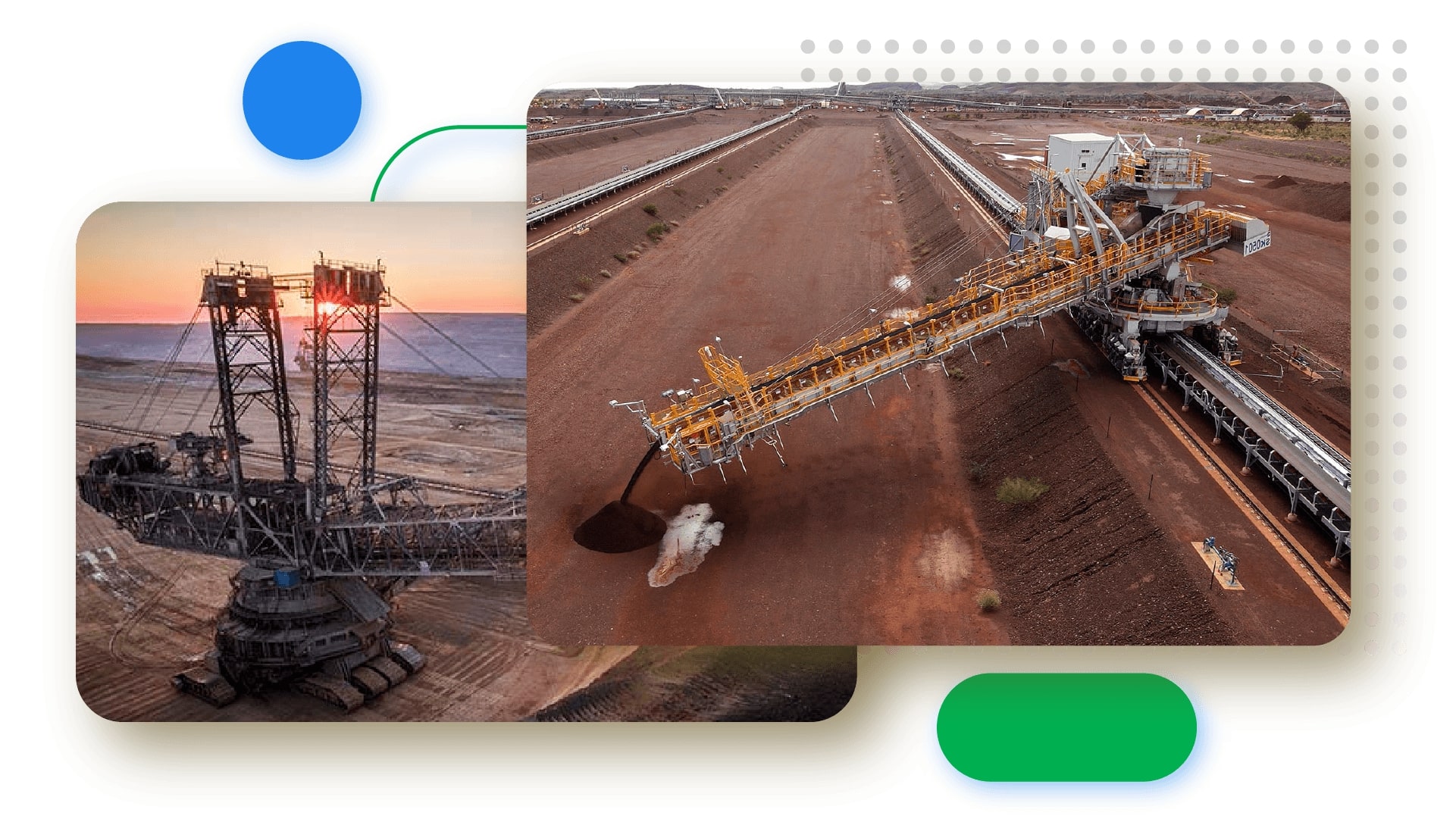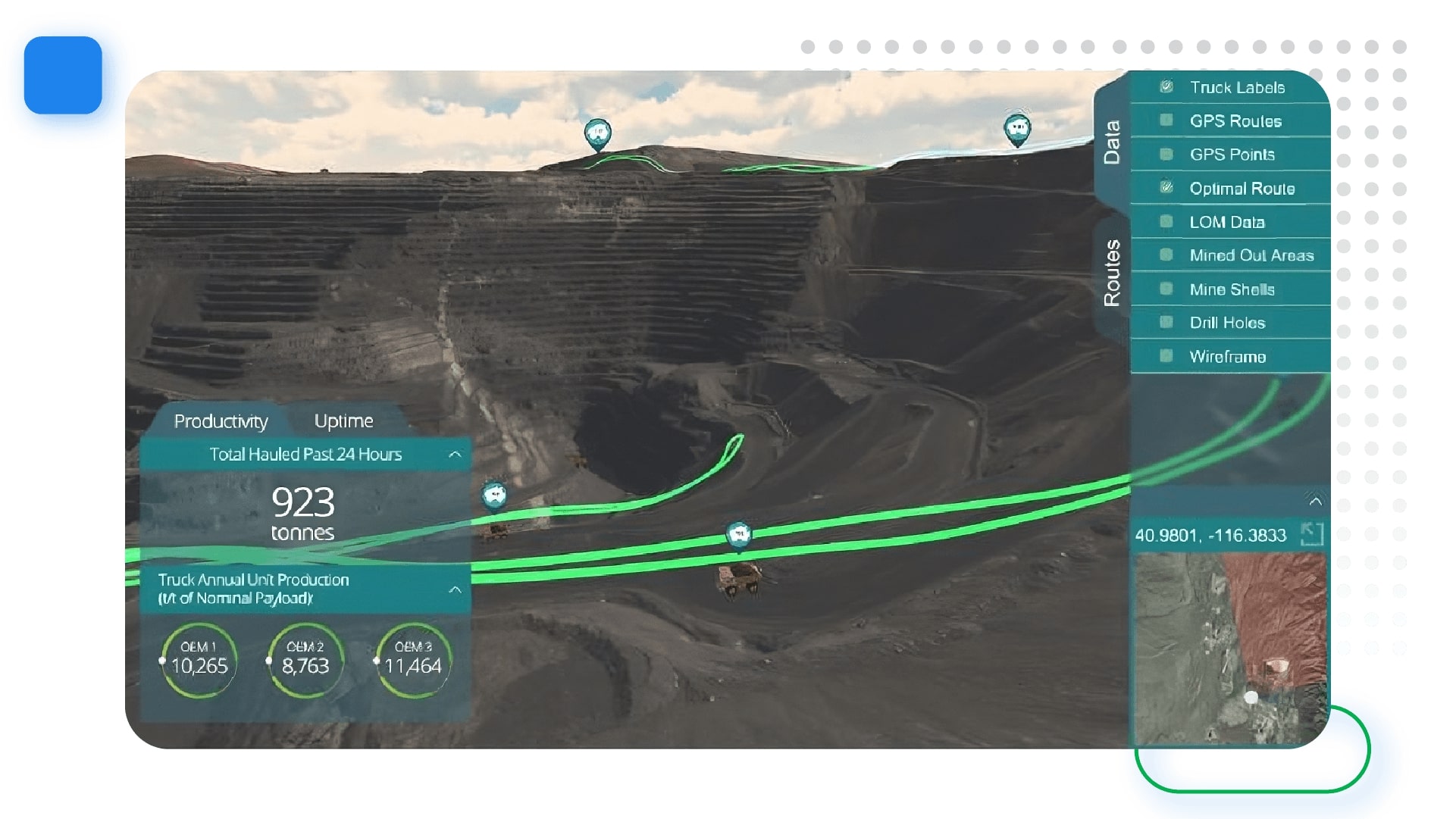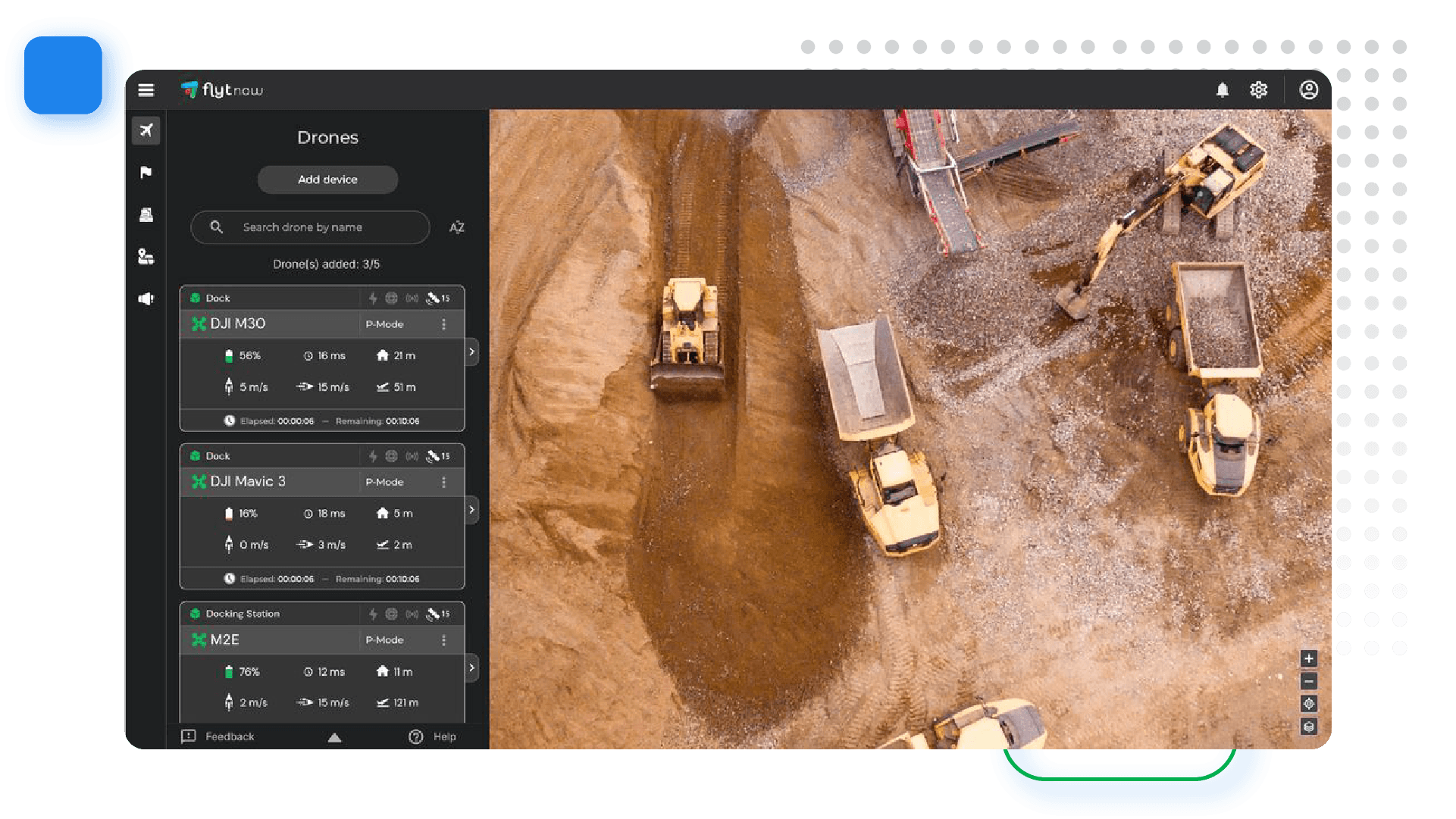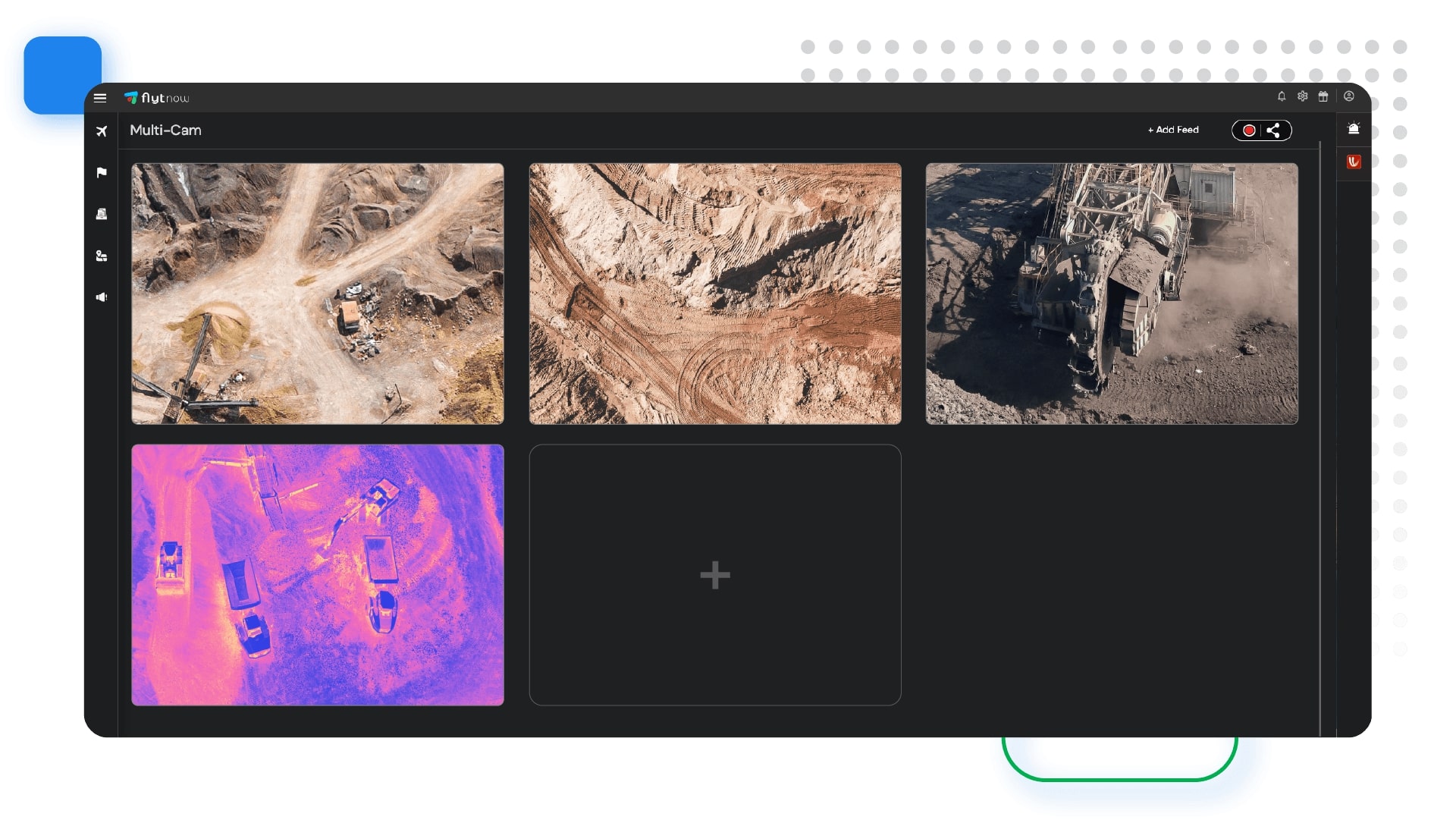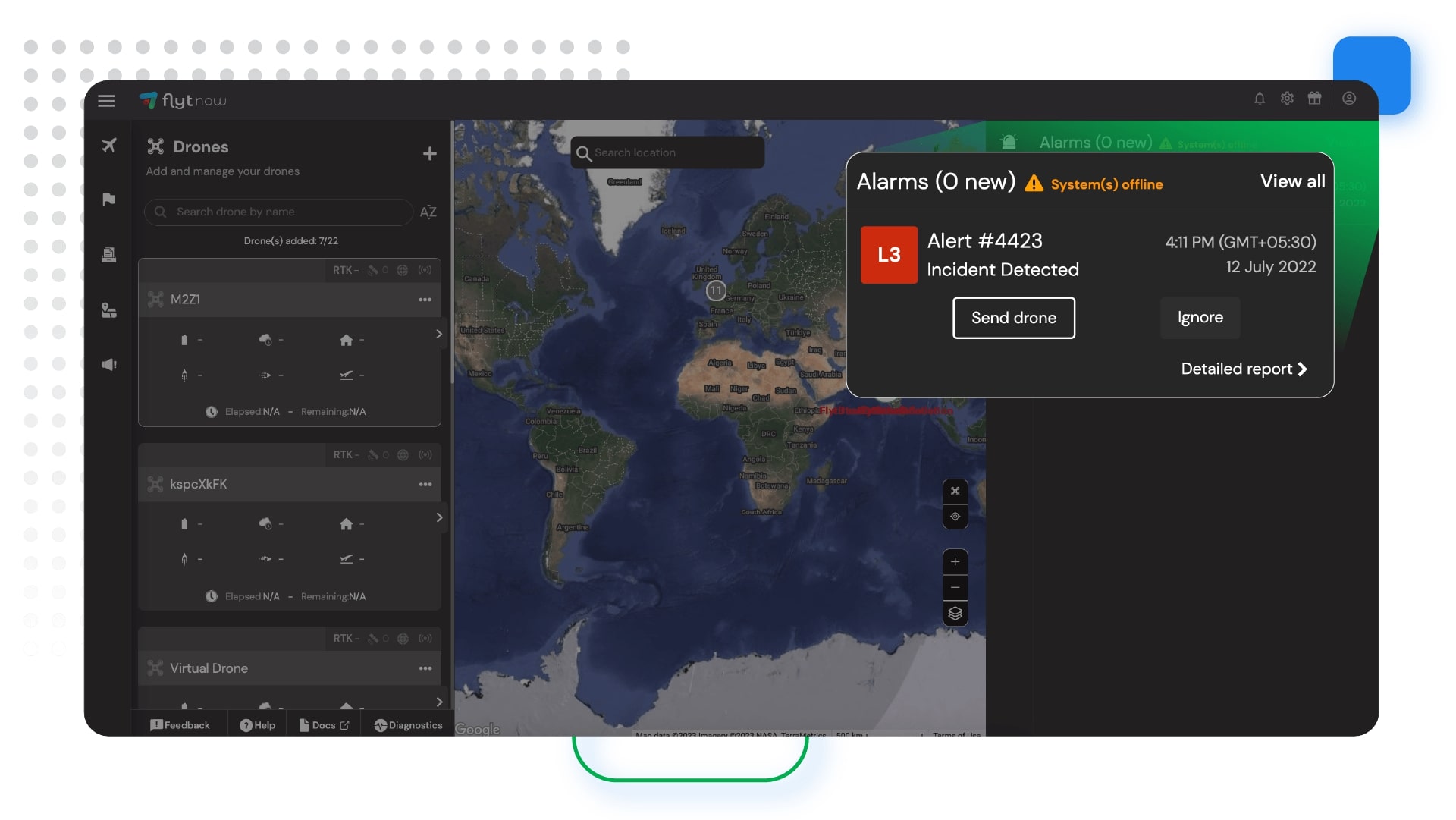The Growing Challenges in the Solar Industry
The solar industry is booming, with a 45% rise in global solar installations in 2022 alone. However, this rapid expansion brings its own set of challenges. Labor shortages, cost pressures, and the need for greater transparency are just a few of the hurdles that solar companies face today. Traditional methods of managing solar farms, such as manual inspections and data collection, are becoming increasingly inefficient and costly.
Consider the time and resources spent on manual inspections. A company like AfterFIT in Tokyo reduced their inspection time from 3 hours to under 10 minutes by using drones. The manual approach not only drains resources but also exposes workers to potential hazards. Moreover, human errors can lead to inaccurate data collection, which can have severe consequences, including reduced power generation and even safety hazards.
The Rise of Autonomous Drones and Data Analytics
The Role of Drones in Solar Industry
Drones are revolutionizing the solar industry by aiding in every stage of a solar plant's life cycle—from planning and construction to maintenance. They can perform tasks like topographic surveys, 3D mapping, and even thermal imaging to detect hotspots in solar panels. On average, drones have expedited data collection by 70% compared to manual methods, all while maintaining high accuracy.
Key Components and Benefits of Autonomous Drone Operations
Autonomous drones take this a step further by eliminating the need for human intervention in data collection. These drones are equipped with advanced software platforms like FlytBase, which ensures safe flight operations, data security, and regulatory compliance. Hardware components like the DJI Dock allow these drones to operate autonomously, following predefined routes and returning to the docking station without human intervention.
Key Benefits Include:
- 24/7 Availability: Operates round the clock, ensuring continuous data collection.
- Cost Savings: Reduces travel costs and optimizes resource utilization.
- Reduced Human Risk: Minimizes risks associated with manual piloting.
Integrating Data Analytics for Comprehensive Insights
Data analytics platforms like Above’s SolarGain can be seamlessly integrated with autonomous drone technology. These platforms utilize machine learning to provide real-time situational awareness and detailed plant status reports. This digitalization offers a single source of truth for solar plant health, supports digitalized workflows, and enables a data-informed approach for better decision-making.
The Way Ahead
The most effective way to adopt this technology is through a phased approach. Start by deploying drones at one or a few sites to establish standard operating procedures and build a strong safety record. This sets the stage for a seamless transition to end-to-end automation and efficient solar energy management.
Conclusion
The future of the solar industry lies in automation and digitalization. Autonomous drones and data analytics platforms are not just a technological advancement; they are a necessity for solar companies aiming to stay competitive in this fast-growing market. By adopting these technologies, companies can significantly improve efficiency, reduce costs, and most importantly, contribute more effectively to the global shift towards cleaner energy.
Are you ready to take your solar operations to the next level? Don't miss out on the comprehensive guide that dives deep into the transformative power of autonomous drones and data analytics in the solar industry.
Download the Whitepaper: Navigating the Future of Solar with Autonomous Drones and Data Analytics
For more information, visit FlytBase and Above Surveying.
